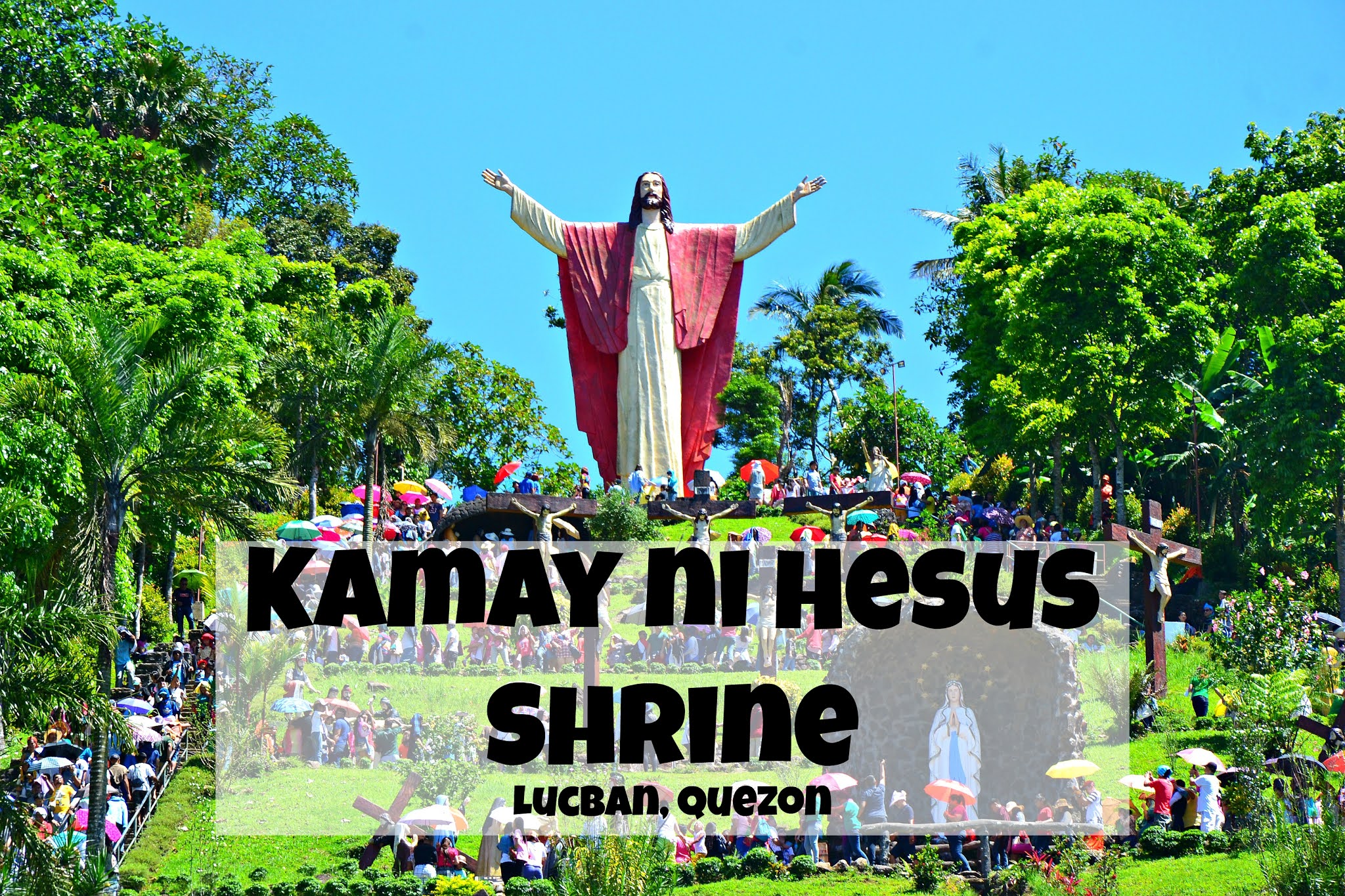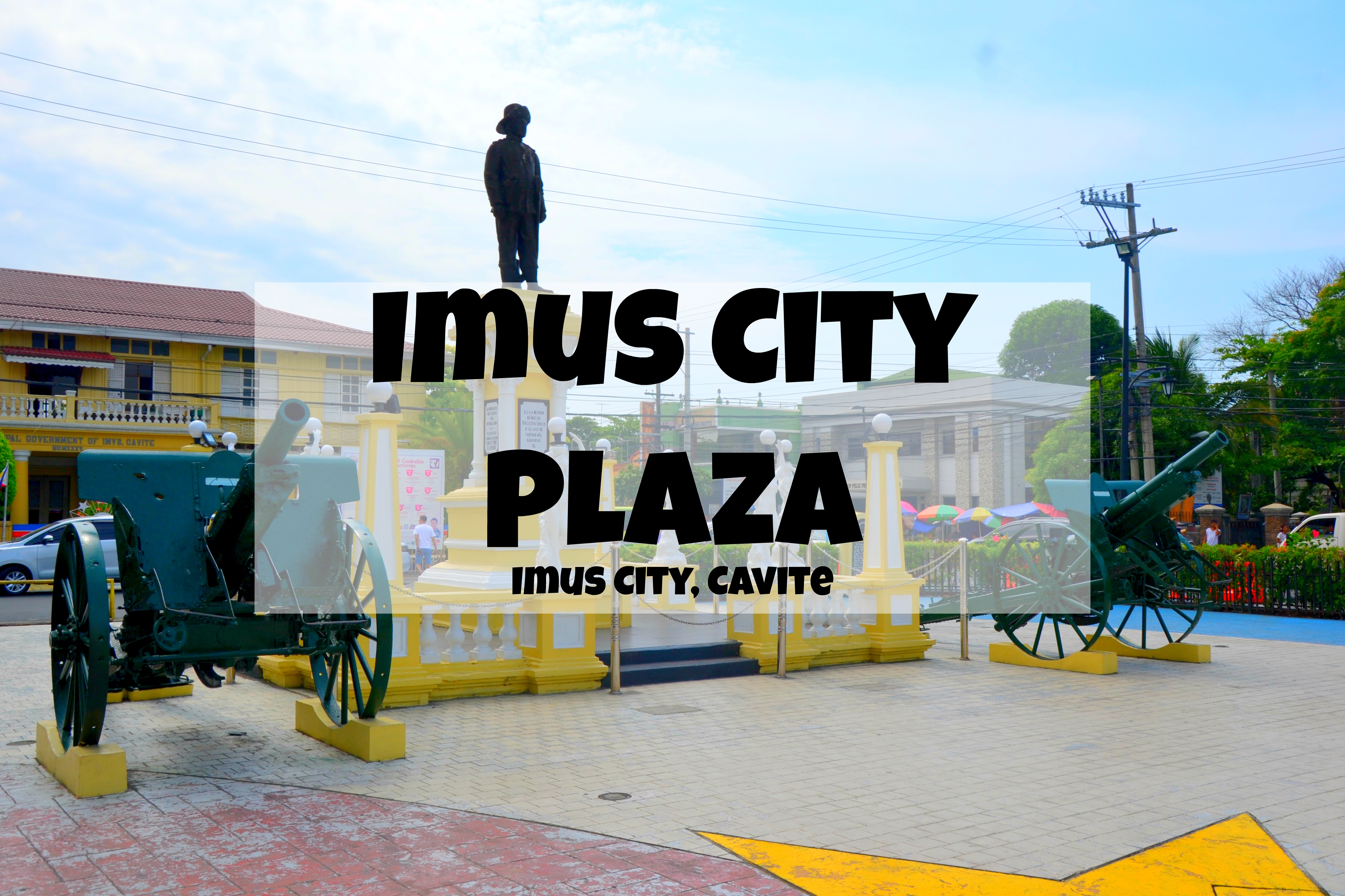Itsukushima Shrine - Hiroshima
Itsukushima Shrine (嚴島神社) is a 16th-century Shinto Shrine. It is one of, if not, the most popular shrine of Hiroshima Prefecture. It is located at 1-1 Miyajimacho, Hatsukaichi City, Hiroshima Prefecture, Japan.
 |
| Itsukushima Shrine |
Itsukushima Shrine details
According to historical accounts, the first torii at Itsukushima Shrine was erected in 593 during Empress Suiko's reign, attributed to Saeki Kuramoto. Although a torii has stood at the site since 1168, the current structure dates back to 1875.
 |
| Itsukushima Shrine - Miyajima, Hatsukaichi City, Hiroshima Prefecture |
 |
| Itsukushima Shrine's Floating Torii - Miyajima, Hatsukaichi City, Hiroshima |
Taira no Kiyomori, a prominent figure in the Imperial Court, notably contributed to the shrine's construction during his governance of Aki Province. Mōri Motonari, lord of Chōshū Domain, also played a significant role, overseeing the rebuilding of the honden in 1571.
Around Itsukushima Shrine
 |
| Itsukushima Shrine's main torii |
 |
| It's common to see deer roaming around the shrine grounds |
 |
 |
| Miyajima Itsukushima Shrine Divine Horse House |
 |
| Itsukushima Shrine chozuya |
However, Motonari's involvement in battles on the island, particularly against Sue Takafusa in 1555, was believed to have tainted the sacred grounds due to the shedding of blood, violating Shinto purity customs. The Kyakuden, or "Guest-God's Shrine," is the sole surviving structure at Itsukushima Shrine from the Kamakura period.
Itsukushima Shrine Grounds
 |
| The main entrance to Itsukushima Shrine |
 |
| East Corridor |
 |
 |
| We offered some prayers at the Marudo Shrine |
 |
| Marudo Shrine |
 |
| Itsukushima Shrine's Five-Story Pagoda |
 |
 |
 |
| Samonke Shrine |
 |
 |
| Japanese sake barrels |
 |
| Tenjin Shrine |
 |
| Soribashi |
 |
| Itsukushima Shrine's Noh Stage |
 |
 |
| Itsukushima Shrine's West Corridor |
The deities of Itsukushima Shrine originated from a pledge between Amaterasu Ōmikami, the goddess of the sun, and her brother Susanoo-no-Mikoto, using a jewel and a sword on the Celestial Plain. They have been revered since ancient times for their role in ensuring the well-being of the imperial family, protecting the nation, and safeguarding seafarers.
Floating Torii Gate of Itsukushima Shrine
 |
 |
 |
 |
Seeking the optimal location for settlement, Saeki no Kuramoto, the island's governor, received divine guidance. Accompanied by a celestial crow, he explored the island with the deities and chose a spot where the tide ebbs and flows to construct the shrine. Historical records indicate this occurred in 593, coinciding with Empress Suiko's ascension.
Itsukushima Shrine komainu
In 1168, Taira no Kiyomori, a devout worshipper, reconstructed the shrine in the shinden-zukuri architectural style, typical of noble residences of the era. As Kiyomori rose in imperial court ranks, the shrine became a center for visits from not only the Taira clan but also prominent figures, such as former Emperor Go-Shirakawa and retired Emperor Takakura, bringing elements of Kyoto culture.
Following the Taira period, the shrine continued to attract reverence from successive ruling powers, including the Genji clan, Ashikaga Takauji, and Ashikaga Yoshimitsu during the Muromachi era, and the Ōuchi and Mōri clans amid the Warring States period. Known as "Miyajima of Aki Province," the shrine gained renown as one of Japan's three most picturesque locales, alongside Matsushima and Amanohashidate. Itsukushima Shrine attained UNESCO World Cultural Heritage status in 1996.
Team Nicerio visits Itsukushima Shrine
My family and I first visited Itsukushima Shrine last December 26, 2022, during our 3-day Hiroshima Road Trip with our Japanese family. This trip marked my 420th day in Japan as an Assistant Language Teacher (ALT) in the JET Programme. Itsukushima Shrine was the highlight of our trip. Like always, we took the opportunity to pay respects and offer prayers. Sadly, I left my goshuincho in my bag in the car when we parked at Hatsukaichi City hence I wasn’t able to get the goshuin of the shrine. Regardless, it only means that I have another reason to visit in the future.
Itsukushima Shrine Fees
Although you can see the famed Itsukushima Shrine floating torii gate from different parts of Miyajima Island, you must pay an entrance fee if you want to explore the Itsukushima Shrine complex. Aside from that, you also need to pay extra if you want to go to the Treasure Hall. Here are the rates:
Adults – Itsukushima Shrine 300 yen / Treasure Hall 300 yen
High School Students – Itsukushima Shrine 200 yen / Treasure Hall 200 yen
Elementary School Students to Junior High School Students – Itsukushima Shrine 100 yen / Treasure Hall 100 yen
Itsukushima Shrine also offers combined tickets for access to both the shrine and the Treasure Hall. Ticket prices vary for individuals and groups:
Individuals:
Adults: 500 yen
High school students: 300 yen
Elementary/junior high school students: 150 yen
Groups (50 people or more):
Adults: 400 yen
High school students: 200 yen
Elementary/junior high school students: 100 yen
Itsukushima Shrine Operating Hours
Itsukushima Shrine operates with varying hours throughout the year:
January 1: 12:00 AM - 6:30 PM
January 2 – 3: 6:30 AM - 6:30 PM
January 4 – end of February: 6:30 AM - 5:30 PM
March 1 – October 14: 6:30 AM - 6:00 PM
October 15 – November 30: 6:30 AM - 5:30 PM
December 1 – December 31: 6:30 AM - 5:00 PM
Why visit Itsukushima Shrine?
Exploring Hiroshima Prefecture would be incomplete without a visit to Itsukushima Shrine, renowned for its iconic floating torii gate. Timing your visit carefully might allow you to stroll to the gate during low tide. And for avid collectors of goshuin stamps, be sure to add the Itsukushima Shrine stamp to your collection.
Getting to Itsukushima Shrine
From JR Hiroshima Station ride the Sanyo Honsen Line going to JR Miyajimaguchi Station. From there, walk to the ferry port and ride the ferry going to Miyajimaguchi Port. Once there, walk for about 1.1 kilometers going to Itsukushima Shrine.
Fare Miyajima Ferry (One-way trip): Adult 200 yen / Child 100 yen
Fare Miyajima Ferry (Round trip): Adult 400 yen / Child 200 yen
For guests staying at the Grand Prince Hotel Hiroshima on Ujina Island, there's the option to utilize the hotel's high-speed ferry service.
One-way fare:
Adult: 2,100 yen
Child: 1,050 yen
Alternatively, you can take advantage of the one-day passport, granting access to board the high-speed ferry between Miyajima Island and the Grand Prince Hotel Hiroshima Dock:
Adult: 3,800 yen
Child: 1,950 yen
Ratings
| Cleanliness |
| Overall rating |
 |

















Comments
Post a Comment